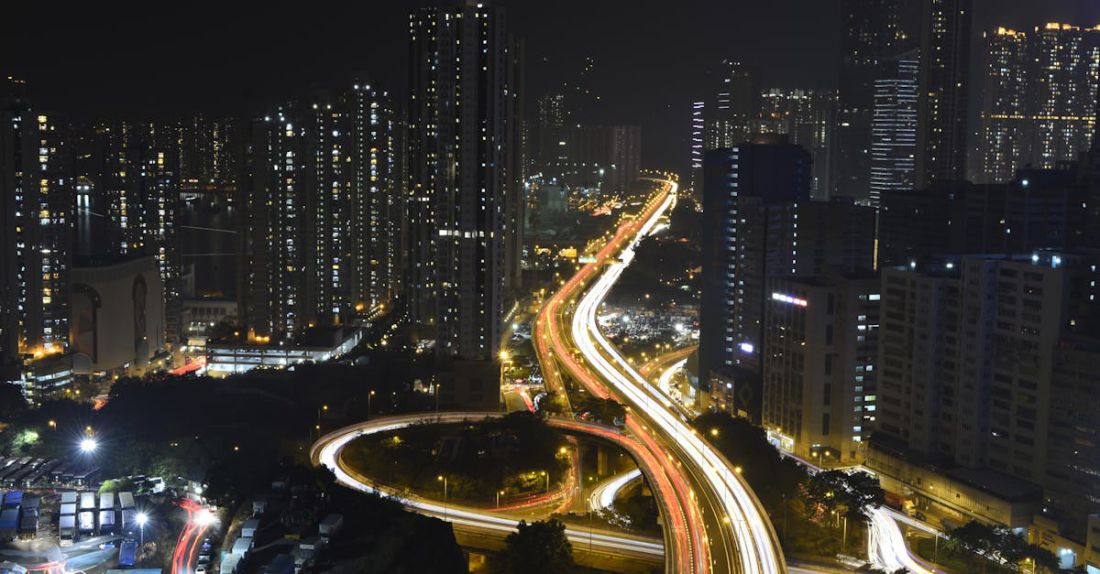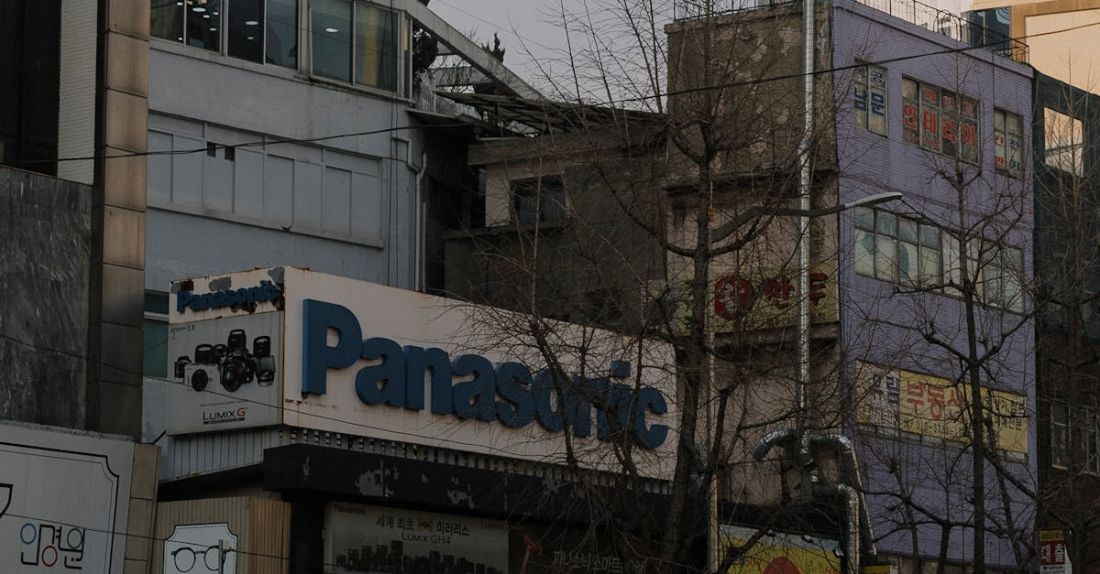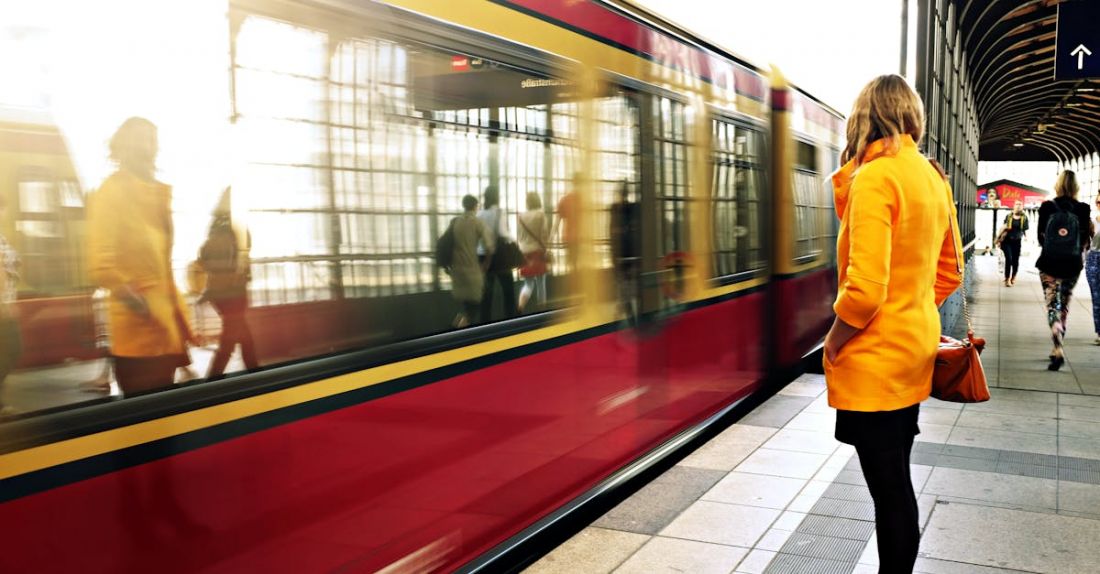
Light rail systems have emerged as a popular transportation option for cities around the world, offering a range of benefits that contribute to improved mobility, sustainability, and quality of life for residents. As urban populations continue to grow and cities face challenges related to traffic congestion, pollution, and limited space, light rail systems have become a key solution for providing efficient and environmentally friendly public transportation. In this article, we will explore the various advantages of light rail systems for cities.
Enhanced Mobility and Accessibility
Light rail systems play a crucial role in enhancing mobility and accessibility within cities by providing a reliable and efficient mode of public transportation. With dedicated tracks and stations, light rail systems offer a faster and more predictable travel option compared to traditional bus services. This improved connectivity helps to reduce travel times and increase the overall efficiency of the transportation network, making it easier for residents to access key destinations such as employment centers, schools, and shopping areas.
Reduced Traffic Congestion
One of the primary benefits of light rail systems is their ability to reduce traffic congestion on city streets. By providing an alternative to driving, light rail systems help to alleviate the strain on road networks and decrease the number of vehicles on the road. This not only leads to smoother traffic flow but also helps to reduce emissions and improve air quality, creating a more sustainable urban environment for all residents.
Environmental Sustainability
Light rail systems are known for their environmental benefits, as they produce lower levels of greenhouse gas emissions compared to cars and buses. By encouraging more people to use public transportation, light rail systems help to reduce the overall carbon footprint of a city and mitigate the impact of transportation-related pollution on the environment. In addition, the use of electric-powered light rail vehicles further contributes to cleaner air and a healthier cityscape for everyone.
Promotion of Transit-Oriented Development
Light rail systems have the unique ability to promote transit-oriented development, which focuses on creating vibrant, mixed-use communities around public transportation hubs. By building light rail lines in strategic locations, cities can encourage dense and walkable neighborhoods that are well-connected to the transit network. This, in turn, helps to reduce urban sprawl, minimize car dependency, and support sustainable growth patterns that benefit both residents and the environment.
Economic Benefits
The implementation of light rail systems can also bring significant economic benefits to cities by stimulating local economies and attracting new investment opportunities. As light rail lines connect different parts of the city and facilitate easier access to businesses and cultural attractions, they can boost tourism, increase property values, and spur commercial development along the transit corridors. This economic vitality not only strengthens the city’s overall competitiveness but also creates job opportunities and enhances the quality of life for residents.
Improved Quality of Life
Beyond the tangible benefits of enhanced mobility and economic growth, light rail systems contribute to an overall improvement in the quality of life for city residents. By providing a safe, convenient, and sustainable transportation option, light rail systems help to enhance the urban experience, reduce stress associated with commuting, and foster a sense of community among diverse populations. Additionally, the presence of well-designed light rail infrastructure can enhance the aesthetic appeal of a city and create a more attractive and livable environment for all.
In conclusion, light rail systems offer a wide range of benefits for cities, ranging from improved mobility and reduced traffic congestion to environmental sustainability and economic growth. By investing in light rail infrastructure and expanding public transportation options, cities can create more vibrant, connected, and sustainable urban environments that benefit residents, businesses, and the environment alike. As the demand for efficient and sustainable transportation solutions continues to rise, light rail systems are poised to play a key role in shaping the future of cities around the world.





